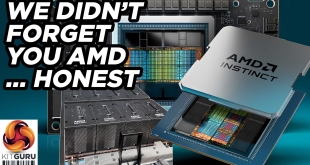The Thirty Metre Telescope (TMT) project just got the go ahead by the local Board of Land and Natural Resources to be built in Hawaii, meaning that in the near future, the little island will house the biggest telescope in the world, with new imaging technology allowing deeper looks into the cosmos than ever before.
Don't expect this build to be completed over night though. We're talking “near future” in galactic terms, as this telescope won't be finished until 2021. If adhered to, this schedule will give the TMT a two year run as the world's biggest telescope, until it's overtaken by the European Extremely Large Telescope (E-ELT) project in Chile in 2023.

TMT, E-ELT. These guys need better naming schemes for giant telescopes.
Image: Artist interpration of the TMT facility.Source: TMT Observatory corporation
One of the main focus points for the TMT project, is to better understand planet and star creation, as well as the larger structure of the universe itself.
According to Wired's breakdown, the telescope tech at the heart of the TMT, will be a Ritchey-Chretien design, that will ultimately be able to collect 144 times more light than the Hubble Space Telescope. This will be combined with new adaptive optics to correct atmosphere wobbles and blurs, producing crystal clear images of the cosmos.
A sturdy structure will also be built around the telescope, to prevent it from the high winds that can occur at its height of over 4km above sea level.
Kitguru Says: While the Hubble might be over 20 years old at this point, outdoing its imaging powers by such a margin and from within the atmosphere nonetheless, is an impressive feat.
 KitGuru KitGuru.net – Tech News | Hardware News | Hardware Reviews | IOS | Mobile | Gaming | Graphics Cards
KitGuru KitGuru.net – Tech News | Hardware News | Hardware Reviews | IOS | Mobile | Gaming | Graphics Cards


